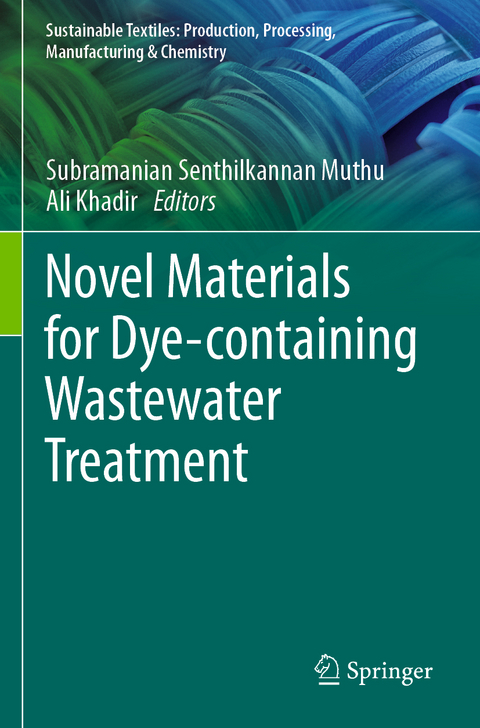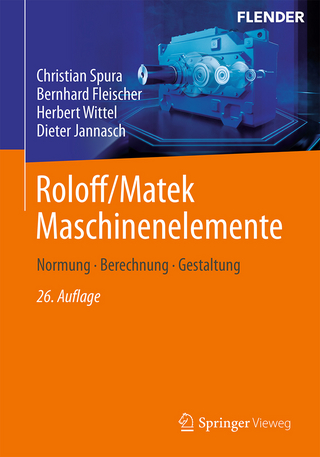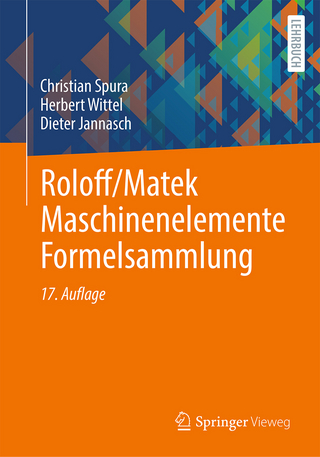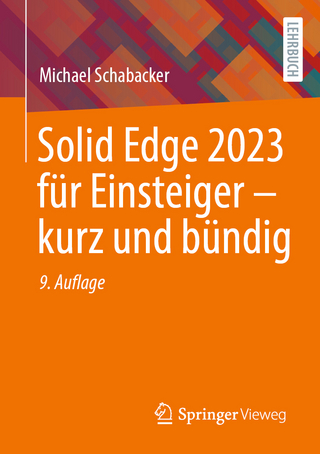
Novel Materials for Dye-containing Wastewater Treatment
Springer Verlag, Singapore
978-981-16-2894-8 (ISBN)
Dr. Subramanian Senthilkannan Muthu currently works for SgT Group as Head of Sustainability, and is based out of Hong Kong. He earned his PhD from The Hong Kong Polytechnic University, and is a renowned expert in the areas of Environmental Sustainability in Textiles & Clothing Supply Chain, Product Life Cycle Assessment (LCA) and Product Carbon Footprint Assessment (PCF) in various industrial sectors. He has five years of industrial experience in textile manufacturing, research and development and textile testing and over a decade's of experience in life cycle assessment (LCA), carbon and ecological footprints assessment of various consumer products. He has published more than 100 research publications, written numerous book chapters and authored/edited over 100 books in the areas of Carbon Footprint, Recycling, Environmental Assessment and Environmental Sustainability. Ali Khadir is an environmental engineer and a member of the Young R^ 4,including Journal of Environmental Chemical Engineering and International Journal of Biological Macromolecules. He also has been the reviewer of journals and international conferences. His research interests center on emerging pollutants, dyes and pharmaceuticals in aquatic media, advanced water and wastewater remediation techniques and technology. At present, he is editing other books for Springer in the field of nanocomposites, advanced materials, and the remediation of dye – containing wastewaters.
Dye pollution in water and wastewater.- The Utilization of Biomaterials for Water Purification: Dyes, Heavy Metals, and Pharmaceuticals.- Chitosan, a promising bio material for dye elimination.- Removal of Rifampin by Luffa: A Pharmaceutical Potential in Producing Dye in Water.- Ability To Remove Azo Dye From Textile Dyeing Wastewaters Of Carbonaceous Materials Produced From Bamboo Leaves.- Current treatment of textile dyes using potential adsorbents: mechanism and comparative approaches.- Nanocellulose-based membranes for the removal of dyes from aquatic systems.- TiO2-based Composites for Water Decolorization.- Dye degradation by recent promising composite.
| Erscheinungsdatum | 21.07.2022 |
|---|---|
| Reihe/Serie | Sustainable Textiles: Production, Processing, Manufacturing & Chemistry |
| Zusatzinfo | 59 Illustrations, color; 21 Illustrations, black and white; VII, 229 p. 80 illus., 59 illus. in color. |
| Verlagsort | Singapore |
| Sprache | englisch |
| Maße | 155 x 235 mm |
| Themenwelt | Technik ► Maschinenbau |
| Technik ► Umwelttechnik / Biotechnologie | |
| Schlagworte | Biomaterial Chitosan • Dye degradation • Dye Elimination • Dye Pollution • Dye Removal • Nanocomposites • Rifampin • Semiconductor Composites • Textile dyes • Water Decolorization • Water purification • Water Treatment |
| ISBN-10 | 981-16-2894-7 / 9811628947 |
| ISBN-13 | 978-981-16-2894-8 / 9789811628948 |
| Zustand | Neuware |
| Informationen gemäß Produktsicherheitsverordnung (GPSR) | |
| Haben Sie eine Frage zum Produkt? |
aus dem Bereich


